The major problems for currently operated energy systems are energy storage issues, grid stability and CO2 emissions. The international team of Polish and Cypriot scientists is developing the technology, that may contribute to solving all these problems at least partially.
The BioElectroCathode project is implemented through close cooperation between the Research and Innovation Centre Pro-Akademia from Konstantynów Łódzki and the Cyprus University of Technology, with the involvement of two companies: ENERES CPM Ltd from Cyprus and OMNI3D Sp. z o.o. from Poland. The aim of the research is the application of 3D printing technique for the manufacture of electrochemical bioreactors and developing the innovative methods and materials for the production of cathodes that are used in biosynthesis. This bioprocess allows for conversion of CO2 present in flue gases or in air into methane and /or ethanol.
The role and application of biocatalysis in bioelectrosynthesis processes
Biological or microbiological electrosynthesis (BES or MES) is a way to convert CO2 into chemical energy carriers like methane (CH4) or ethanol (C2H5OH) that uses electrical energy and microorganisms. BES occurs when a microbial catalyst reduces CO2 into organics commodities with electrons supplied by an external power source and taken from the cathode of a bioelectrochemical system, designed primarily to perform biological reductive reactions. BES is a novel technology that can (1) convert electrical energy from fluctuating renewable energy sources into organic compound (methane or ethanol) that can be stored, distributed, and consumed on demand, (2) utilize CO2 as a sole carbon source either for methane production that can be then used as a fuel or can be converted into electricity in CHP engines, or for ethanol production, i.e. liquid biofuel commonly used in e.g. transport.
Electricity is supplied to microorganisms in the reactor, whereby CO2 is converted into methane and/or ethanol, depending on the bacterial strain used as a biofilm. Methane-rich biogas (biomethane) or ethanol can be stored, distributed and used, for example, as fuel in vehicles compatible with natural gas. The proposed technology can be successfully applied in biogas plants (over 12,400 in Europe), or in industries generating large amounts of CO2.
Application of 3D printing for biofuel production
As part of the research and implementation project, the additive technologies (AM), i.e. popular 3D printing, will be tested to build a bioreactor, and modern thermoplastic materials will be used as building materials. 3D printing is applied in many industries. Its importance will grow in the coming years, especially in the field of prototyping and cheap printing. Companies will need energy-saving, very precise printers, for which a wide range of materials will be used. AM can utilize such materials as: polypropylene, acrylic, rubber of various hardness, nylon, transparent materials, polystyrene, ABS and metal alloys like tool steel, titanium, stainless steel, aluminum, and even glass and many more.
Today 3D printing is applied not only for the prototyping, but increasingly also for mass production of ready-made elements, functional and durable products.
In the BioElectroCathode project Omni3D will use AM techniques to build, i.e. PRINT OUT, the bioreactors. Taking into account the benefits offered by AM technologies, among which eliminating human errors, shortening the costly and time-consuming assembly and multi-part bioreactor production can be mentioned, designing and optimizing of the system will be significantly improved, and the freedom of scientists in design will increase. By changing the design parameters of individual reactor components, such as surface, shape, print resolution, thickness and degree of filling, the structure of the printed device can be easily manipulated and, consequently, the bioreactor can be improved.
Several innovative, suitable construction and thermoplastic materials will be tested for bioreactor printing. The chosen materials are relatively inexpensive and easily available, therefore probably will be used in the future for massive, energy-saving and stable production of BES using 3D printing technology.



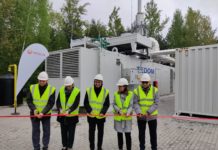





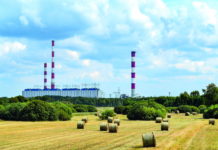



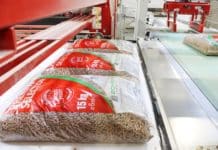


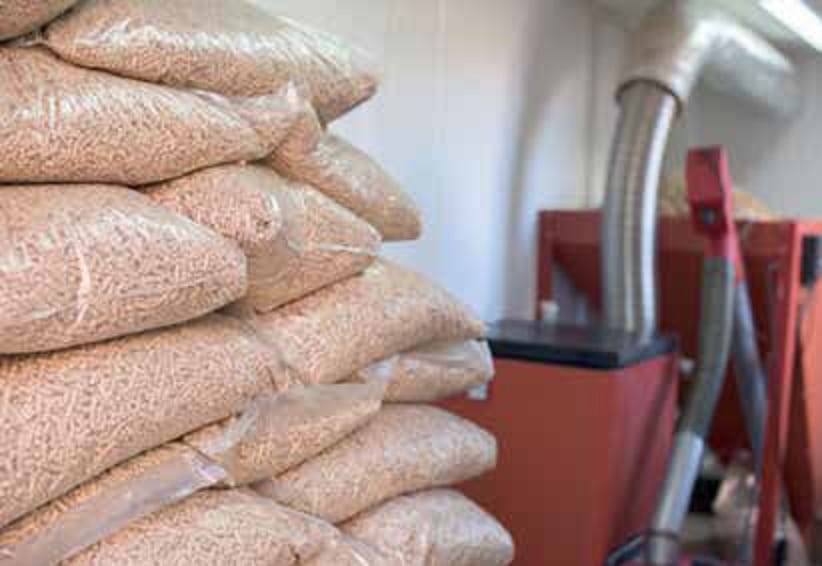

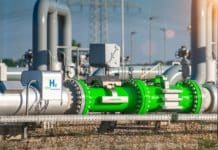


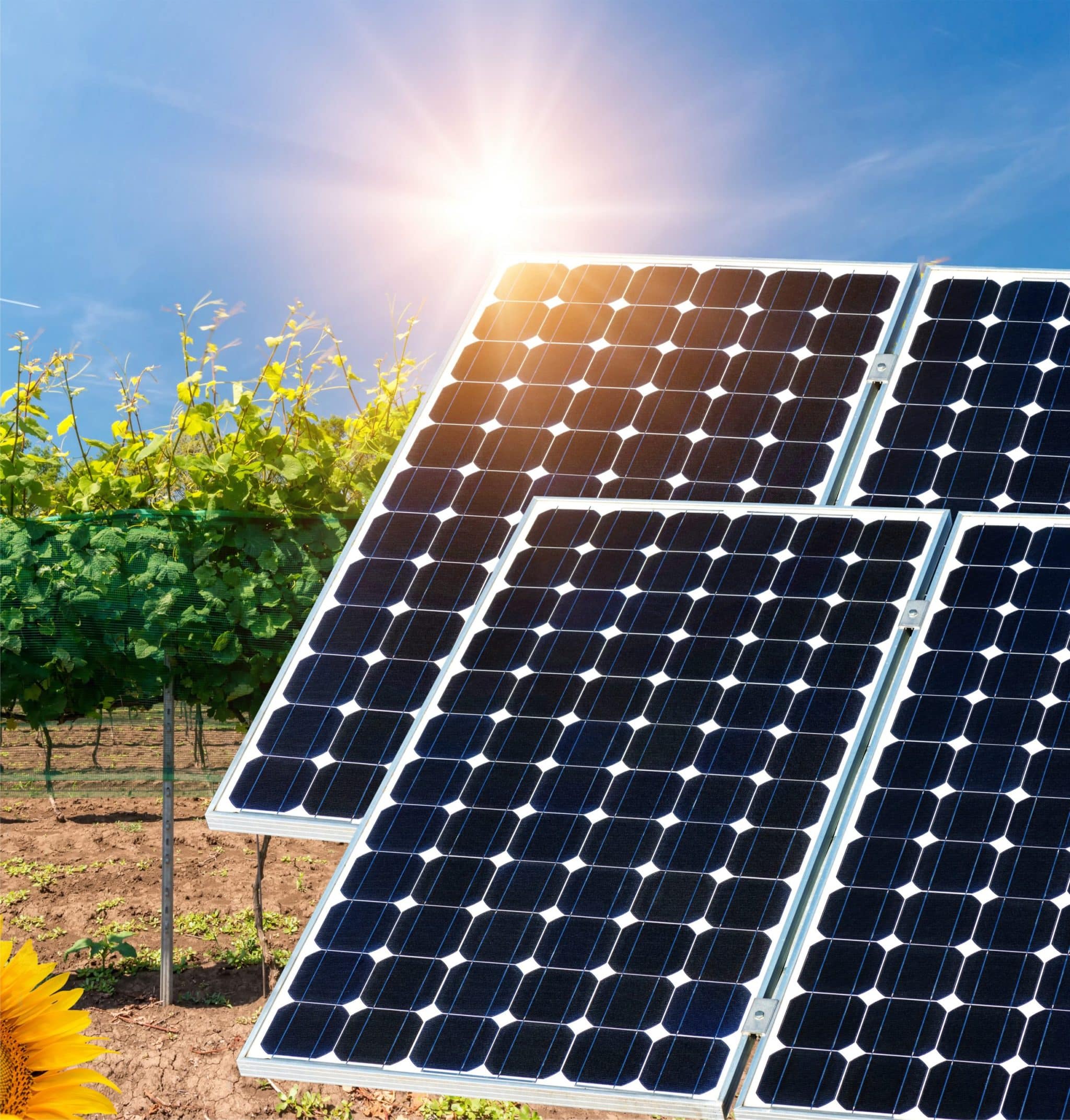
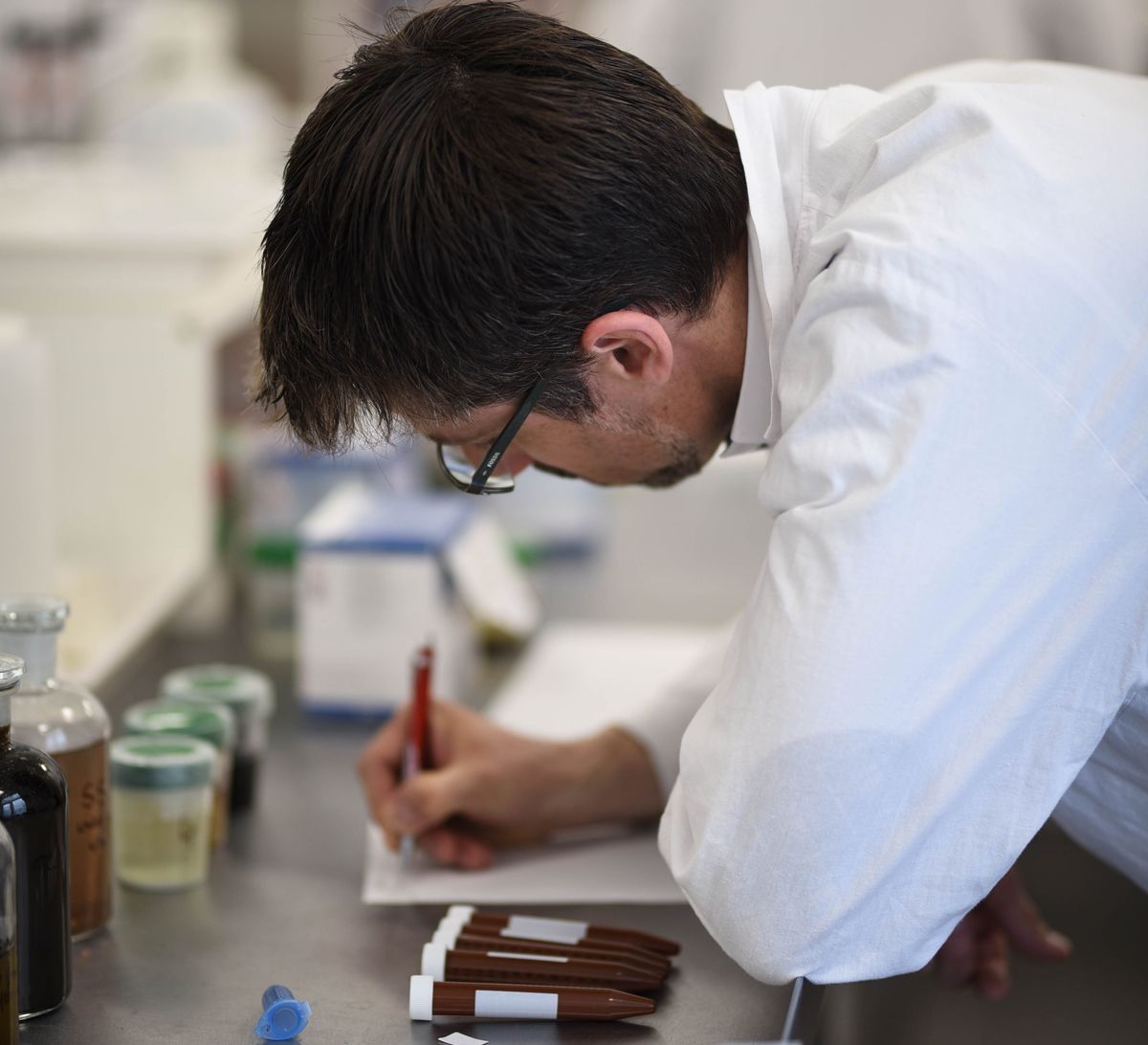








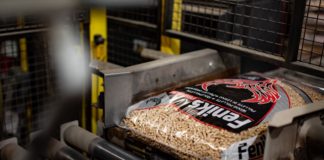









![Jak wygląda gospodarowanie odpadami w Wiedniu? [FOTORELACJA] gospodarowanie odpadami Saubermacher Wiedeń](https://magazynbiomasa.pl/wp-content/uploads/2024/04/saubermacher_gospodarowanie_odpadami-100x70.jpeg)




